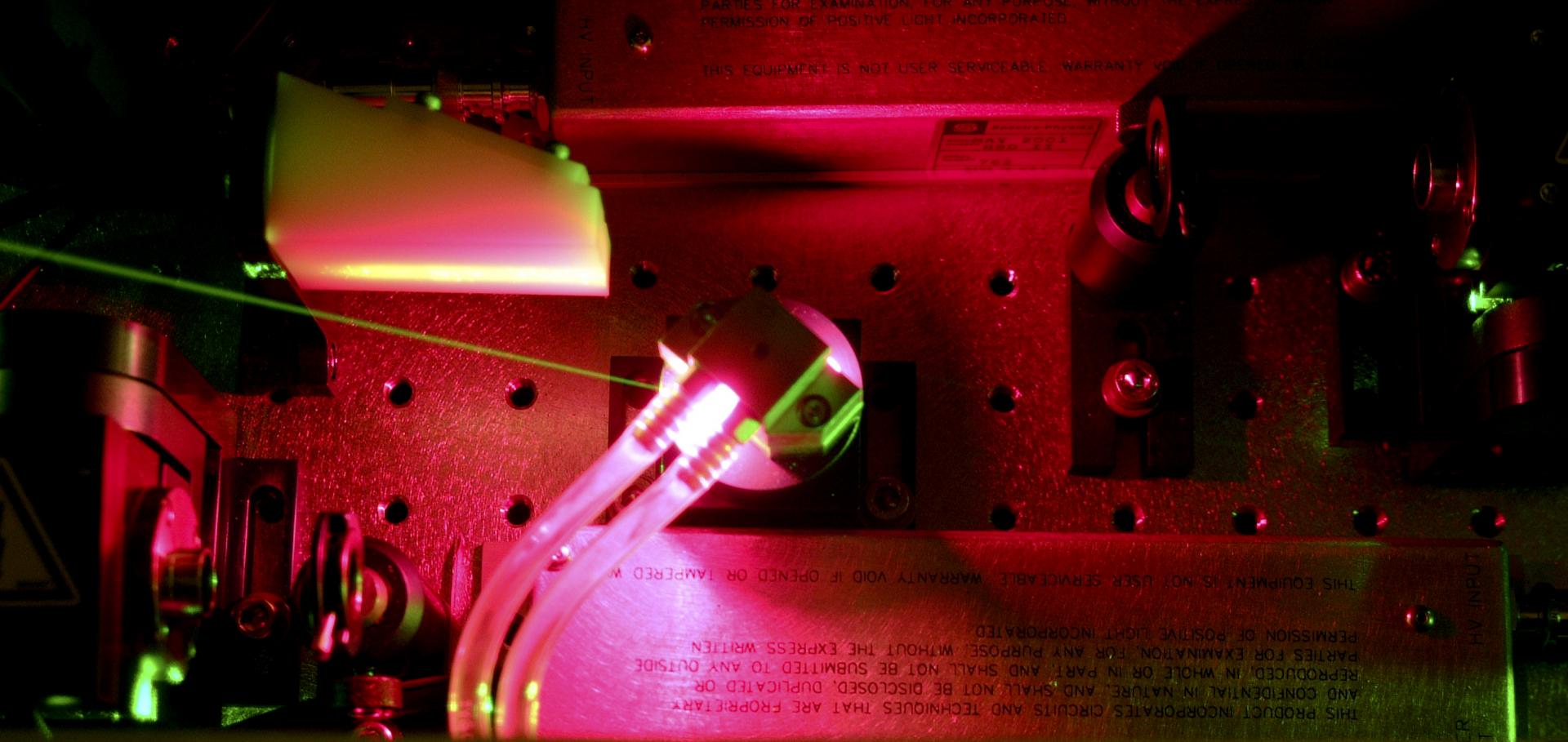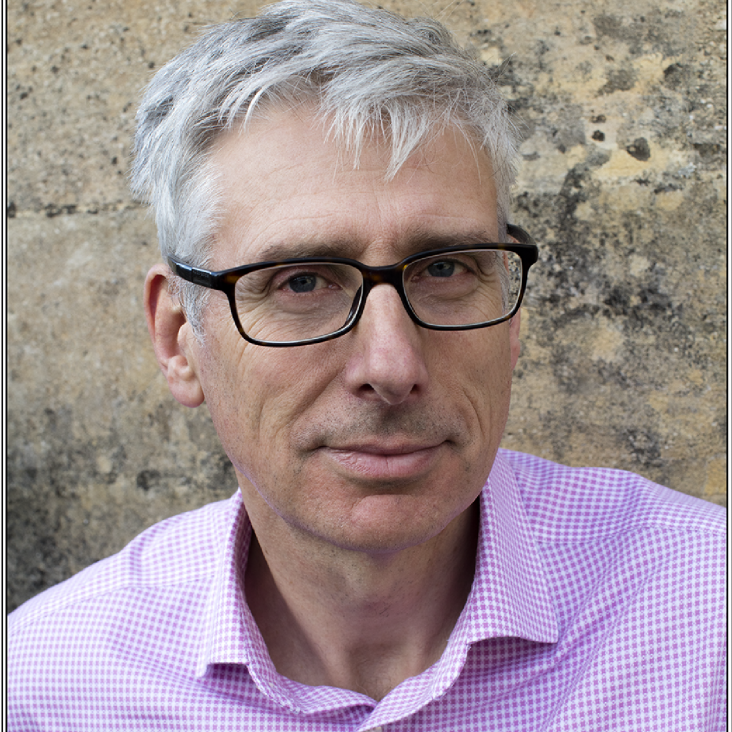Emittance Preservation in an Aberration-Free Active Plasma Lens
Physical Review Letters American Physical Society (2018)
Abstract:
Active plasma lensing is a compact technology for strong focusing of charged particle beams, which has gained considerable interest for use in novel accelerator schemes. While providing kT/m focusing gradients, active plasma lenses can have aberrations caused by a radially nonuniform plasma temperature profile, leading to degradation of the beam quality. We present the first direct measurement of this aberration, consistent with theory, and show that it can be fully suppressed by changing from a light gas species (helium) to a heavier gas species (argon). Based on this result, we demonstrate emittance preservation for an electron beam focused by an argon-filled active plasma lens.Direct observation of plasma waves and dynamics induced by laser-accelerated electron beams
(2018)
Spatially-resolved common-path high-order harmonic interferometry
Optics Letters Optical Society of America 43:21 (2018) 5275-5278
Abstract:
Spatially resolved interference is observed between high-order harmonics generated in two longitudinally separated gas targets. High-contrast modulations in the intensity of each harmonic order up to the cutoff are observed on-axis in the far field of the source as the separation between the gas targets is increased. For low-order harmonics, additional off-axis modulations are observed, which are attributed to the interference between the contributions from the long quantum trajectories from each gas target. The inherent synchronization of this setup offers the prospect for high-stability metrology of quantum states with ultrafast temporal resolutions.Reconstructing nonlinear plasma wakefields using a generalized temporally encoded spectral shifting analysis
(2018)
Reconstructing nonlinear plasma wakefields using a generalized temporally encoded spectral shifting analysis
Physical Review Accelerators and Beams 21 (2018) 103501-103501


